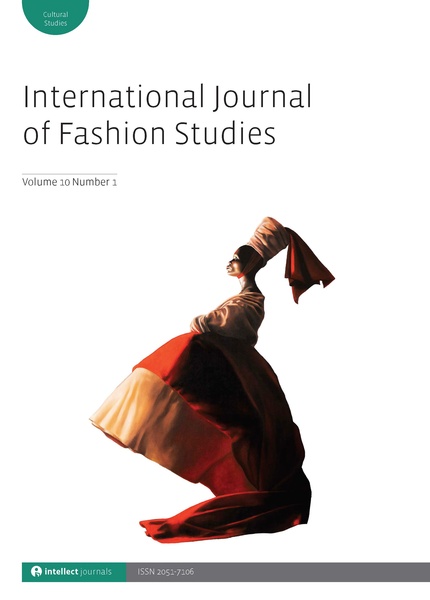
Full text loading...

This article studies a new shopping and entertainment centre in Istanbul, Zeruj Port, founded and run by young Muslim female entrepreneurs who specialize in Islamic modest fashion. Based on an ethnographic enquiry, the article analyses how female Muslim entrepreneurs in this unique women-themed mall develop new forms of Islamic fashion and leisure, thereby giving a new meaning to female piety in contemporary Turkey. Female Muslim entrepreneurs have emerged as the new tastemakers in the market, seeking to accommodate western trends in fashion and leisure without making major concessions to the consumer market, but also without completely conforming to the dominant Islamic discourses on fashion and leisure. These pious female entrepreneurs achieve this using reconciliation strategies based on notions of individualism. However, the article discusses cases where these young female actors do not so easily challenge Islamic rules of propriety regarding fashion and leisure. Thus, the article concludes that the fashion and leisure performances of female Muslim entrepreneurs subversively accommodate existing regimes of truth about female piety.

Article metrics loading...

Full text loading...
References


Data & Media loading...

Publication Date:
https://doi.org/10.1386/infs_00025_1 Published content will be available immediately after check-out or when it is released in case of a pre-order. Please make sure to be logged in to see all available purchase options.